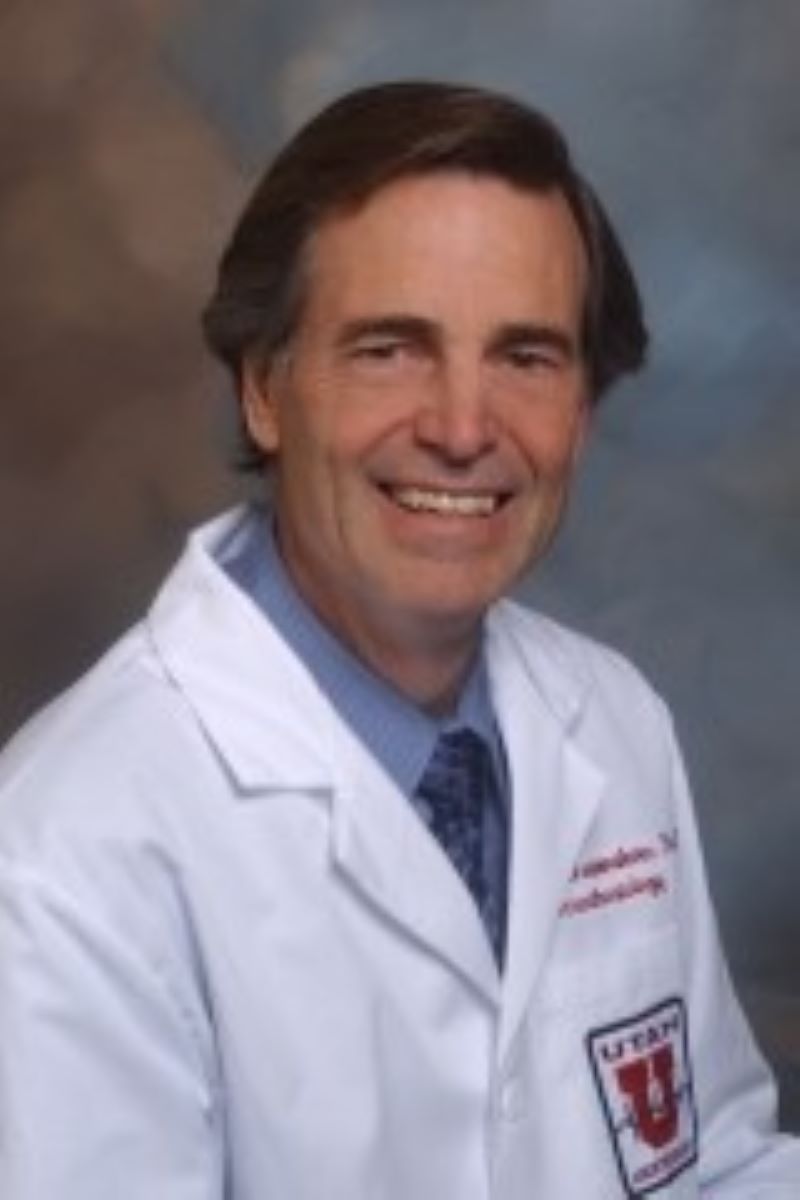Loading Profile

Dwayne Westenskow
Current Research
Data displays to improve medical decision making
Just-in-time training for CPR
Hypercapnia to improve patient safety during conscious sedation
CO2 rebreathing to speed emergence from inhalation anesthesia
The Bioengineering Division of the Department of Anesthesiology was formed in 1976. Initially research was funded by a NIH Burn Trauma Center grant. A monitor of oxygen consumption was developed and licensed to Drägerwerk in Germany and to Utah Medical. Three commercial devices were manufactured, one of which was used to monitor Barney Clark, the first artificial heart recipient. These devices are still used in the Burn Center to balance nutritional support to patients.
The Bioengineering Division next developed feedback controllers for an anesthesia machine, ventilator, fluid delivery pump and drug delivery pump. These devices have been commercialized by Dräger, Utah Medical, IVAC and Vital Signs.
In 1987 the Division was recognized with the University's Patent Award for its involvement in the development of a Raman gas analyzer. This system monitors the concentration of oxygen, carbon dioxide and other respiratory gases. Approximately 2000 of these units have been used in operating rooms across the U.S.
The Division has applied artificial neural networks to critical care monitoring. Neural networks have improved the accuracy of blood pressure, cardiac output, respiration and pulse-oximeter monitoring. Results show that a neural network- based alarm system helps anesthesiologist find life threatening equipment faults in 15 seconds, rather than 45 seconds.
Research into noninvasive cardiac output monitoring has resulted in a partial CO2 rebreathing technique that was licensed to Novametrix and known commercially as NICO2 Novametrix Medical Systems, Inc., Research in respiratory monitoring has produced a differential pressure flowmeter that has been incorporated in numerous OR and ICU products (KORR).
Over the past 20 years, 25 MS and 16 PhD students have completed their graduate research in the Division. Twenty graduates are currently employed at universities and 18 in the medical device industry. The Division's research has produced 109 journal publications, 24 book chapters, 20 patents, 11 licensing agreements and 9 commercial products.
Just-in-time training for CPR
Hypercapnia to improve patient safety during conscious sedation
CO2 rebreathing to speed emergence from inhalation anesthesia
The Bioengineering Division of the Department of Anesthesiology was formed in 1976. Initially research was funded by a NIH Burn Trauma Center grant. A monitor of oxygen consumption was developed and licensed to Drägerwerk in Germany and to Utah Medical. Three commercial devices were manufactured, one of which was used to monitor Barney Clark, the first artificial heart recipient. These devices are still used in the Burn Center to balance nutritional support to patients.
The Bioengineering Division next developed feedback controllers for an anesthesia machine, ventilator, fluid delivery pump and drug delivery pump. These devices have been commercialized by Dräger, Utah Medical, IVAC and Vital Signs.
In 1987 the Division was recognized with the University's Patent Award for its involvement in the development of a Raman gas analyzer. This system monitors the concentration of oxygen, carbon dioxide and other respiratory gases. Approximately 2000 of these units have been used in operating rooms across the U.S.
The Division has applied artificial neural networks to critical care monitoring. Neural networks have improved the accuracy of blood pressure, cardiac output, respiration and pulse-oximeter monitoring. Results show that a neural network- based alarm system helps anesthesiologist find life threatening equipment faults in 15 seconds, rather than 45 seconds.
Research into noninvasive cardiac output monitoring has resulted in a partial CO2 rebreathing technique that was licensed to Novametrix and known commercially as NICO2 Novametrix Medical Systems, Inc., Research in respiratory monitoring has produced a differential pressure flowmeter that has been incorporated in numerous OR and ICU products (KORR).
Over the past 20 years, 25 MS and 16 PhD students have completed their graduate research in the Division. Twenty graduates are currently employed at universities and 18 in the medical device industry. The Division's research has produced 109 journal publications, 24 book chapters, 20 patents, 11 licensing agreements and 9 commercial products.
